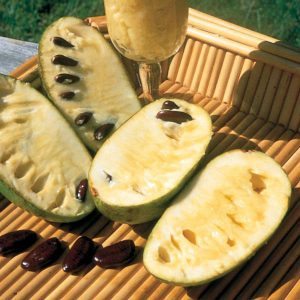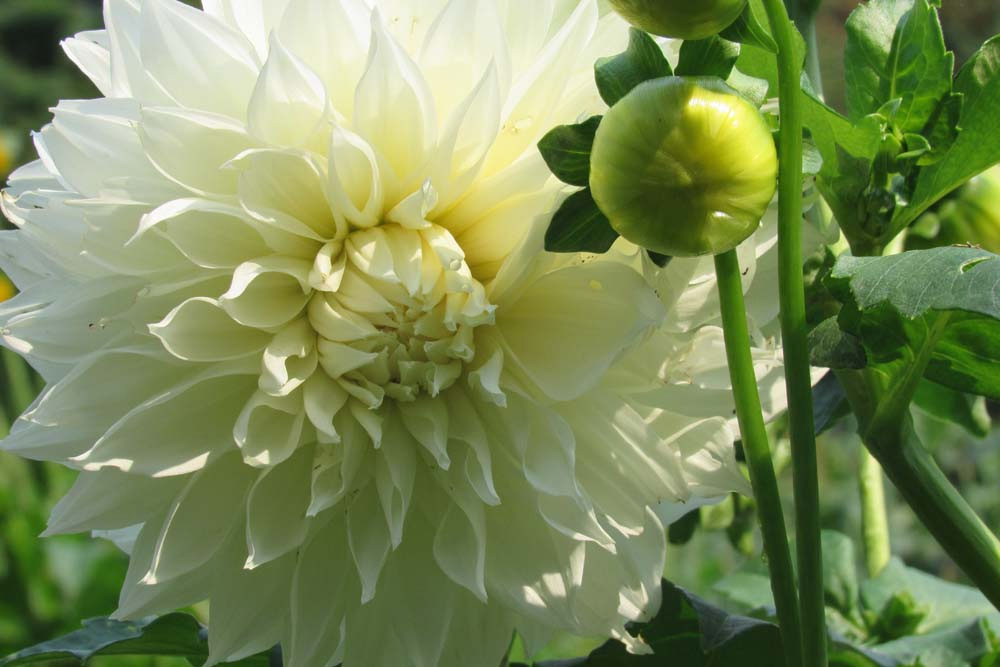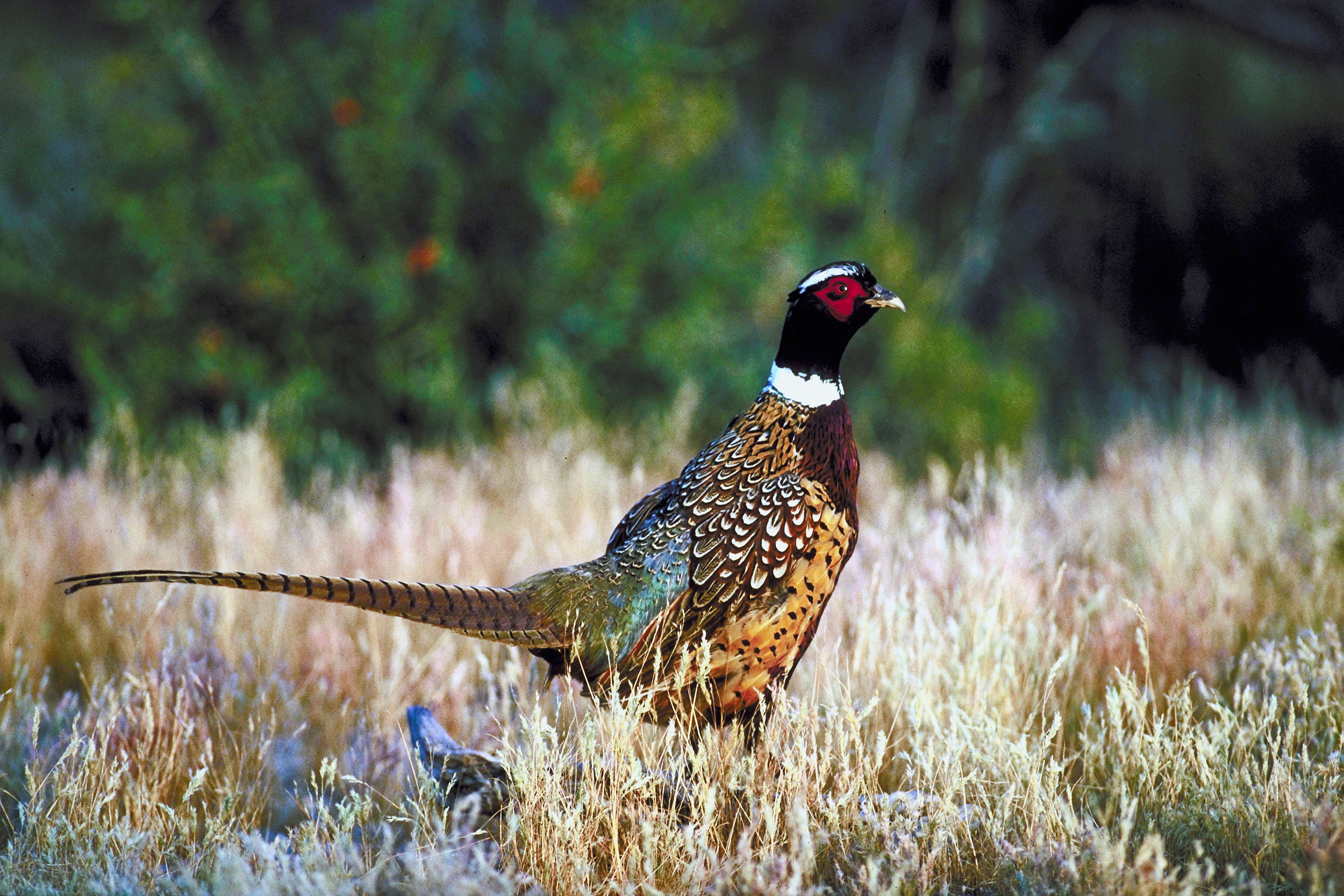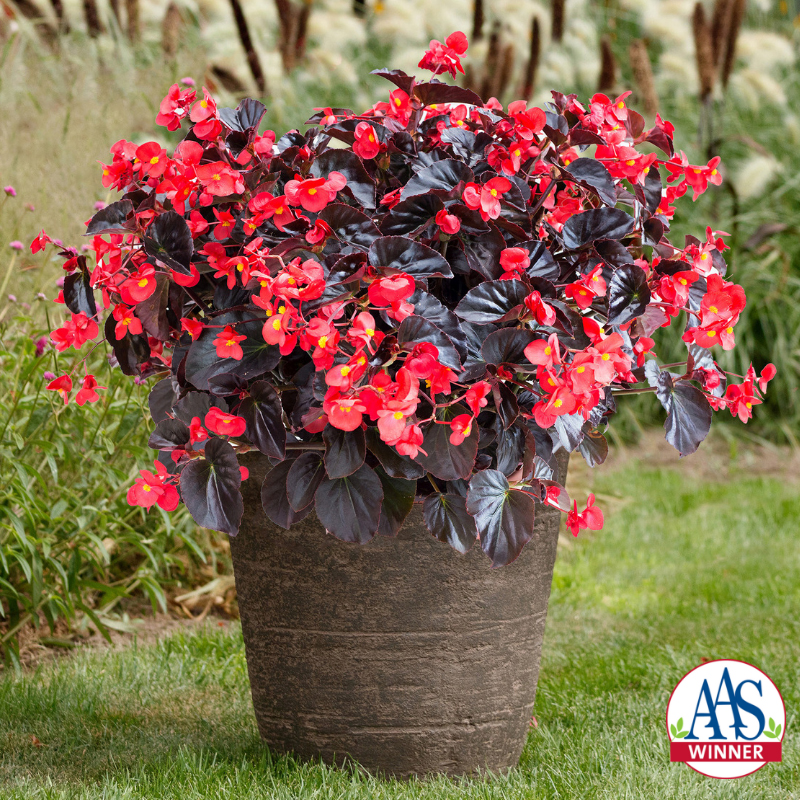Growing pawpaws may be getting easier

I tried several years ago to grow pawpaws in my yard. The experiment ended in failure – the one tree that survived lawn mowing literally tipped over after a storm. It never got more than three feet tall. I haven’t tried to grow pawpaws since, but an article I read by Erik Hoffner might help me change my mind.
According to Hoffner, a feasibility study done by Harvard Extension notes that due to climate change, the range for growing pawpaws is likely to expand. In fact, it might be enough to make the crop easier to grow for home gardeners like us, and more viable for commercial growers in New York State and New England who are looking to diversity their crops.
Pawpaw is the largest native North American fruit. It is viable to grow in our area because it can withstand temperatures of -25 degrees F. The seeds actually need a period of freezing to germinate, but still the tree can be challenging to grow in this part of the country. Pawpaws are more commonly found to our south, from the Gulf Coast Plain to the Lower Midwest and east to the Mid- Atlantic. The green, oblong-shaped fruit has a tropical taste, sometimes described as a cross between banana and mango. You might hear the pawpaw called the Indiana banana or the American custard apple. The fruit can be eaten raw – particularly when it is fully ripe – and can also be used in cooking and baking, for jams and smoothies, and even for ice cream.
Experts say pawpaws are easy to grow – they have relatively few pests and diseases – and they will grow in partial shade, but it can take several years for the trees to produce fruit. Pawpaws have a long tap root and need to be planted while still quite small.
Cornell Cooperative Extension in Schuyler County, New York, recommends planting pawpaws in a warm and protected spot in your yard in order to assist the fruit, which ripens in the fall. A protected spot will also help shelter the trees from harsh winter temperatures and damaging winds.
The only place I have seen to purchase pawpaws is in garden catalogs. Experts say they are commonly offered as grafted trees, despite the fact there are benefits to growing the tree from seed. Grafts can die in severely cold weather. If you can, try to purchase grafts with rootstock of varieties that are more cold hardy.
It can take up to eight years for pawpaws to fruit, and for proper pollination you need multiple trees of two or more genetically different varieties (hence the pawpaw patch). Pawpaws will grow in shade, but prefer full sun and well-drained soil.
Kentucky State University has a pawpaw research program and KSU recommends early ripening cultivars such as KSU-Benson, Pennsylvania Golden and Summer Delight for pawpaw growers in our area of the country. Cornell’s horticulture program recommends Davis, Sunflower, Taylor and Taytwo as varieties that will work for growers here in New York.






